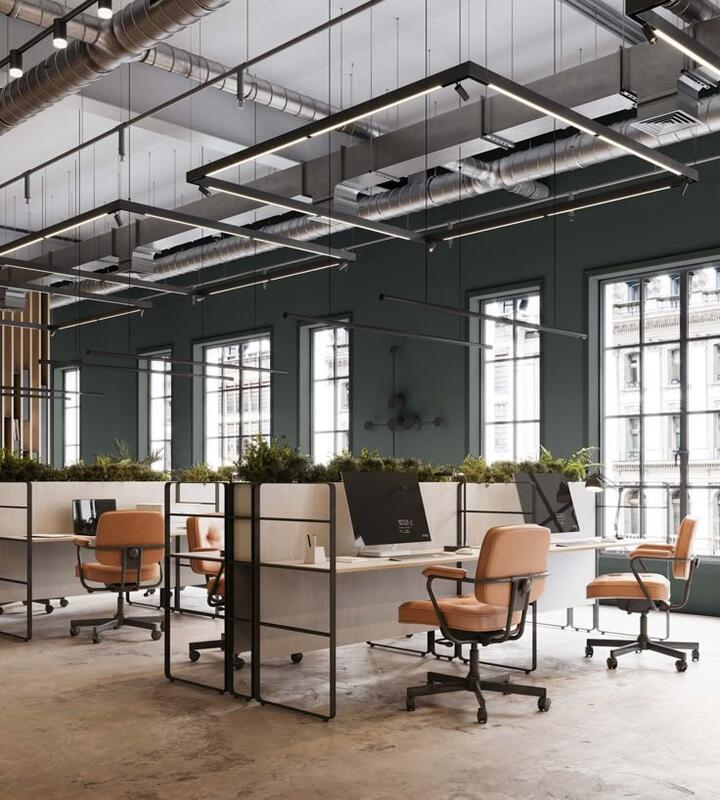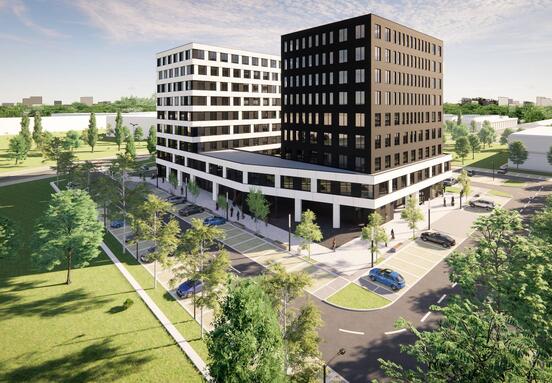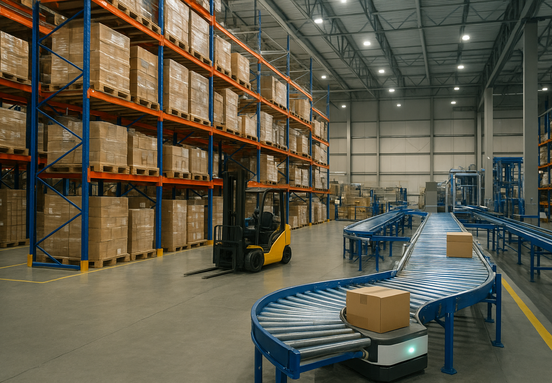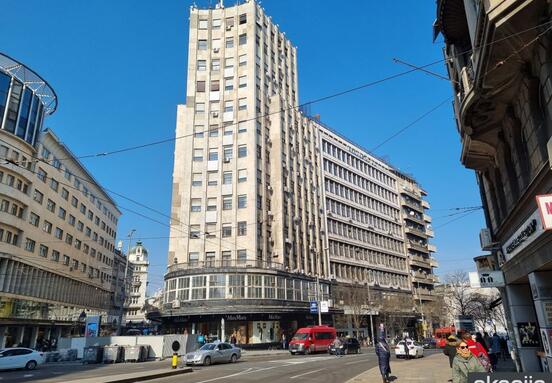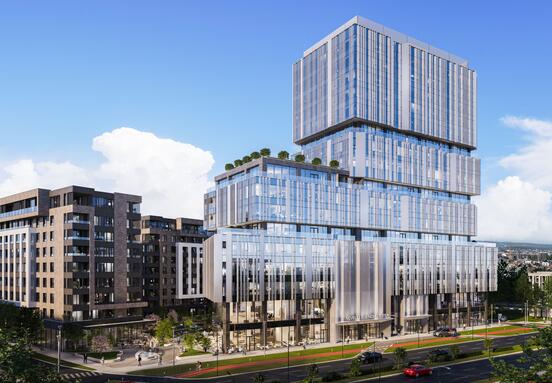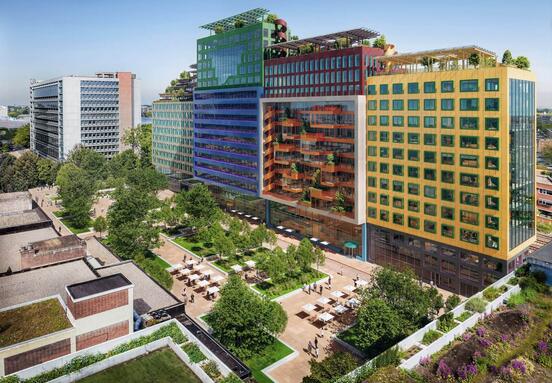From Basic Setup to Strategic Asset
Traditional fit-out meant installing furniture, lighting, and basic technical systems. Today, it has evolved into a holistic process that merges architecture, workplace psychology, and business strategy. The goal is no longer just to make a space “look good,” but to support team dynamics, stimulate creativity, and enable collaboration.
Focus on Sustainability and Well-being
More and more companies are demanding energy-efficient spaces built with natural or recycled materials that promote healthy lifestyles. Biophilic design – including plants, natural light, and organic textures – is becoming the norm. Offices are also being designed to encourage movement, with relaxation zones, walking paths, and informal meeting areas.
Personalization and Flexibility
In the era of hybrid work, fit-out must support different work styles. Open spaces for teamwork are combined with quiet zones for concentration, while meeting rooms are optimized for digital presentations and virtual calls. Smart technologies like automatic lighting and climate adjustment enhance everyday comfort.
Fit-Out as a Reflection of Brand Identity
Office design is increasingly a mirror of company culture. Through the choice of materials, colors, and spatial organization, businesses communicate their values – whether it’s innovation, stability, openness, or luxury. Employees connect more easily with spaces that “speak their language,” and clients instantly get a sense of the company’s essence.
The Future of Fit-Out
Looking ahead, we can expect even deeper integration of technology – sensors that monitor space usage, systems that automatically adapt the environment, and modular units that shift based on the day’s needs. Fit-out is becoming dynamic and proactive – ready to grow and change alongside the business.
Fit-out is no longer just the final step in construction – it’s a strategic asset that helps businesses adapt to change, attract top talent, and increase efficiency. The real question is no longer how your office looks, but how your space supports what you do.
